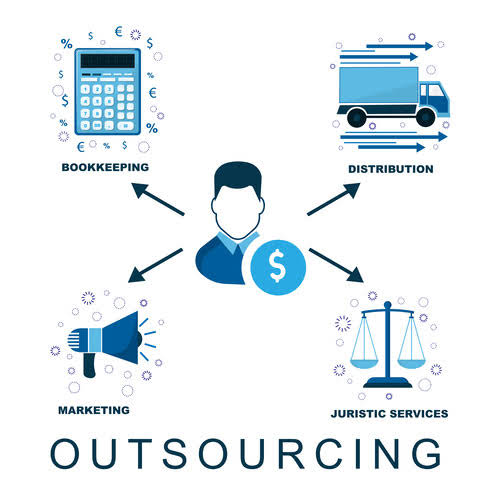AS 1101: Audit Risk

Fraud risk is the risk that financial statements have material misstatements without detection by both auditor and management. These risks assessment required auditors to understand the nature of the business and internal control activities that link to financial reporting. There are certain ways that auditors could use to help them to minimize the control risks that result from poor internal control.
- By doing so, they position themselves at the forefront of the profession, ready to tackle audit risks with confidence and precision.
- Hence, auditors’ professional judgment which is based on their knowledge and experience is very important here.
- Therefore, performing such an assessment will require the auditor to possess a strong understanding of the organization’s internal controls.
- Though this model seems simple enough, the problem is how to derive the inputs to the model.
- The auditor can then use the model to understand the audit risk and then make their auditor’s opinion.
- Management has the primary role and responsibility to design the control that could prevent and detect fraud.
UK and Irish students should note that there are no significant differences on audit risk between ISA 315 and the UK and Ireland version of the standard. Observation and inspectionObservation and inspection may also provide information about the entity and its environment. Examples of such audit procedures can potentially cover a very broad area, including observation or inspection of the entity’s operations, documents, and reports prepared by management, and also of the entity’s premises and plant facilities.
Why is audit risk so important to auditors?
Likewise, if an “x” variable decreases, the resulting “y” variable decreases. When combined in a multiplicative manner, auditors gain a more accurate representation of the audit risk. The following is one of the best audit materials that could audit risk model help you better understand audits in more depth and detail. Before continuing, we need to understand the various risks included in the model. This document is unique and important because it provides up-to-date information to stakeholders.
- UK and Irish students should note that there are no significant differences on audit risk between ISA 315 and the UK and Ireland version of the standard.
- For example, the merchandising company’s financial reporting might be easier to audit than financial reporting in agriculture or oil.
- On the other hand, if auditors believe that the client’s internal control is week and ineffective, they will tick the control risk as high.
- The more complex business transactions are, the higher the inherent risk the client will have.
- Detection risk forms the residual risk after taking into consideration the inherent and control risks pertaining to the audit engagement and the overall audit risk that the auditor is willing to accept.
- It would be impossible to check all of these transactions, and no one would be prepared to pay for the auditors to do so, hence the importance of the risk‑based approach toward auditing.
The auditor assesses the risks at the entity control level and deep dives into the risks related to the activities control level that could significantly affect the quality of financial information. Audit risk is the risk that the audit will have human errors in it and thus may not be able to uncover all the problems in the organization. Audit risk is inherent in all audits and needs to be mitigated through audit reviews and assessments carried out by someone other than the original auditor. When organizations invite external auditors, they often provide the necessary data. However, some companies lack stringent internal data governance, enabling potential misrepresentation or concealment of data from auditors. This flaw was evident in the Enron debacle, where influential senior executives provided deceptive data, leading to inaccurate audits.
Managing the Impact of Models
Inherent risk is the auditor’s assessment of the susceptibility to material misstatement of an assertion about a transaction class, an account balance, or an attached disclosure, quoted individually or an aggregation. The assessment is performed before the consideration of relevant internal controls in place. Inherent risk is essentially the perceived systematic risk of material misstatement based on the firm’s structure, industry, or market it participates in. Auditors must navigate these complexities by leveraging their expertise, CPA training, and audit management technology to enhance the collection and analysis of audit evidence. Risk assessment in auditing is complicated because it entails cataloging potential problems and conducting a dynamic analysis of how these risks interact within the context of the audit engagement. This understanding of audit risks lays the groundwork for the planning and execution of audit procedures that are finely tuned to the risk landscape, ensuring the reliability and integrity of financial statements.
